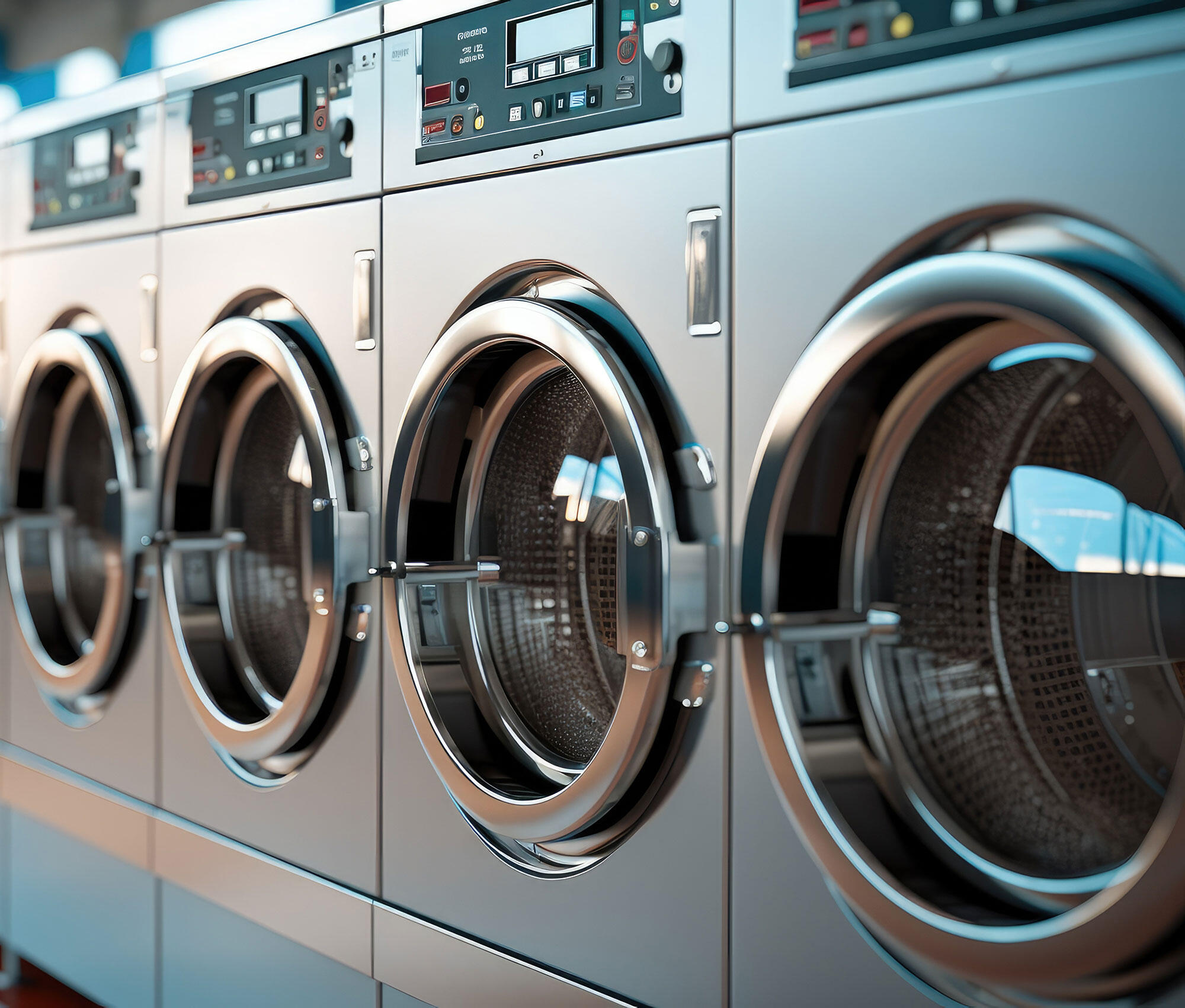
THE PRODUCT:
Commercial clothes washers (CCWs), which include both front-loading and top-loading models, are typically used in laundromats and multi-family buildings.
THE STANDARD:
The current standards for CCWs took effect in 2018. The standards specify minimum energy efficiencies of 1.35 and 2.00 Modified Energy Factor (MEF) and maximum water consumption levels of 8.8 and 4.1 Integrated Water Factor (IWF) for top-loading and front-loading CCWs, respectively,
In 2021, DOE published a notice of proposed determination (NOPD) that tentatively determined that new efficiency standards for CCWs are not warranted.
*MEF is expressed in terms of cubic feet of washer capacity per kWh of energy consumed per cycle. MEF incorporates machine electrical energy consumption, hot water energy consumption, and the energy required to remove the remaining moisture in the clothes. IWF is expressed in terms of gallons of water consumed per cubic foot of washer capacity. A higher MEF indicates better energy efficiency, while a lower IWF indicates better water efficiency.
KEY FACTS:
Front-loading washers are generally much more efficient than top-loading machines. Currently, a top-loading CCW can consume almost 50% more energy and more than twice as much water as a front-loading CCW. Commercial clothes dryers are not subject to federal efficiency standards.
Fact Sheets
Filings
ASAP Press Releases
Reports
Standards in the News
Timeline
| Federal | Date |
| Proposed Negative Determination Issued | 2021 |
| 3rd Federal Standard Effective | 2018 |
| 3rd Federal Standard Adopted (DOE) | 2014 |
| 2nd Federal Standard Effective | 2013 |
| 2nd Federal Standard Adopted (DOE) | 2010 |
| 1st Federal Standard Effective | 2007 |
| 1st Federal Standard Adopted | 2005 |
| EPACT Initial Federal Legislation Enacted | 2005 |